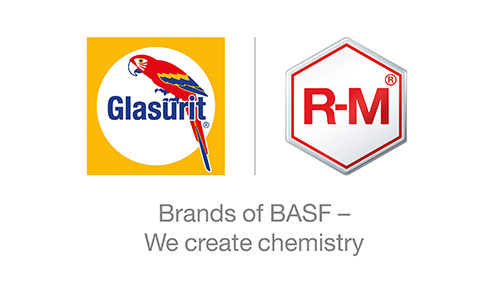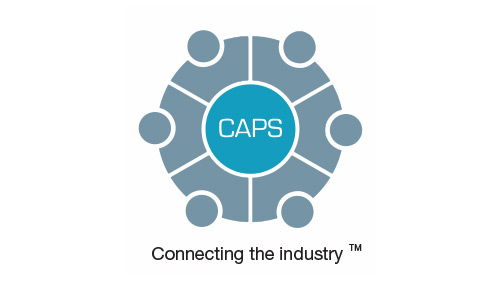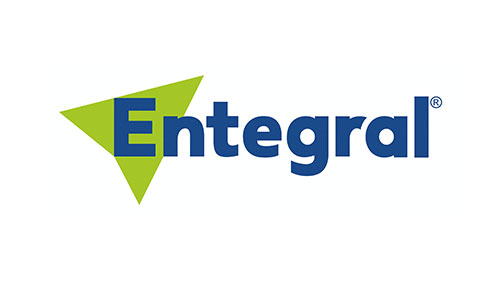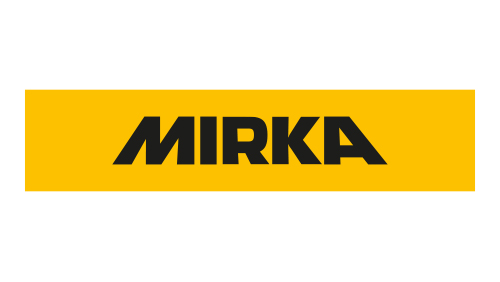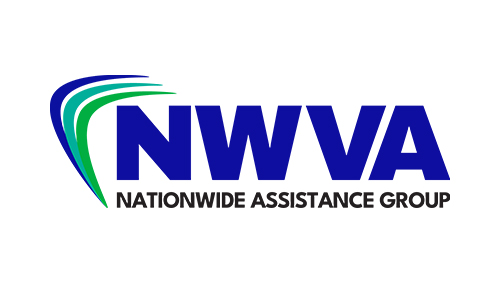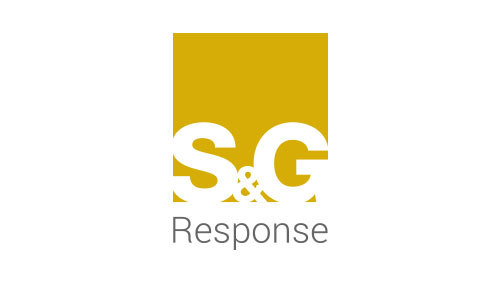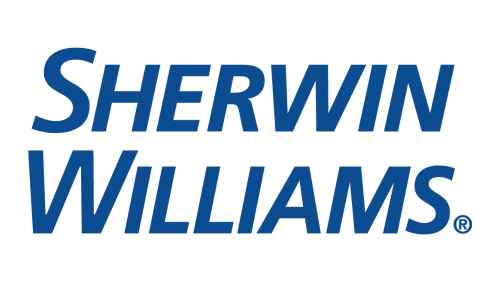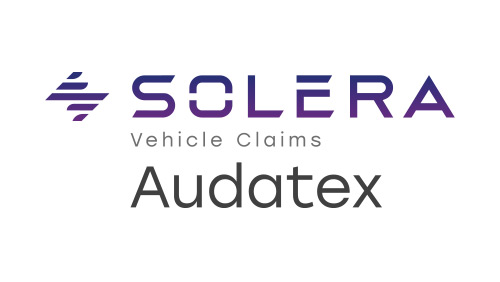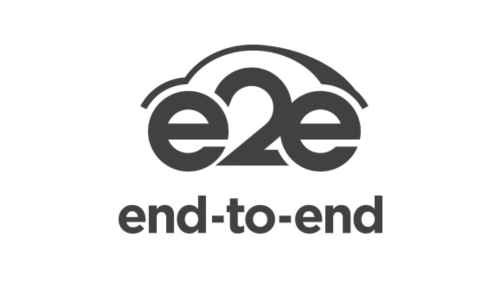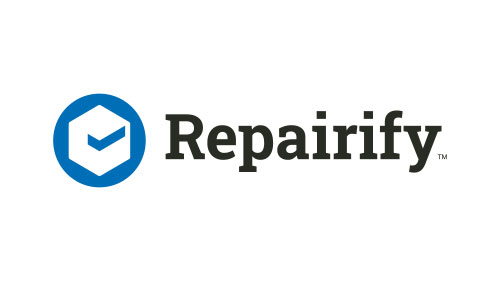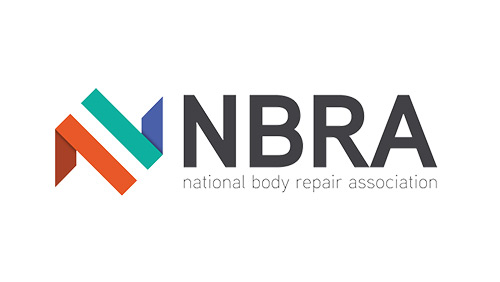It’s no secret that the automotive aftermarket is facing simultaneous challenges on a scale and of a range never before experienced.
Rising repair costs, steepling energy bills, labour shortages and supply disruptions are just the most obvious issues the industry is now having to navigate.
Added to this, traffic variations and changing driver habits mean once predictable work flows are no longer reliable, while emerging fuel types demand new processes and new skills.
It’s clear then that doing things the way they have always been done is unviable for most businesses.
However, by exploiting existing technologies and embracing further innovation it is possible to introduce game-changing efficiencies that can alter the entire motor claims ecosystem for the better.
At ARC360m, technology has been the underlying theme running through all our output during September.
Here, we have collated insights gleaned from the interviews, webinars and podcasts we have produced, and added further expert analysis from selected partners to reveal how technology is already been deployed to improve service and standards, and what might be coming in the near future.
Estimating systems
GT Motive has made great strides in the UK market since launching its estimating platform, GT Global, in 2020. This year alone it has already been adopted by 500 repairers and the company has also established successful partnerships with insurers and repair networks such as Vizion and NFU Mutual.
Its cloud-based solution is groundbreaking in as much as it delivers a pay-per-use pricing model, meaning bodyshops are not lumbered with fixed costs if volumes fluctuate. This transparent approach enables repairers to manage costs more effectively, while its online data solution means everyone has a view of the same, regularly updated estimate.
Martyn Rowley, GT Motive’s Business Development Manager, said, “We’ve grown exponentially this year. We’ve welcomed repairers across the UK and we’re working with many large insurers and collaborating with a variety of exciting companies to provide the best possible platform for our customers.
However, the long-established leader in this sector is Solera Audatex with AudaEnterpriseGold. https://www.audatex.co.uk/solutions/audaenterprisegold
Recently enhanced with 29 new models – including the Tesla Model Y – and updates to a further 121, https://arc360.co.uk/solera-audatex-announces-aeg-update/ AEG covers 98% of the car parc with right-first-time estimating, unlimited multi-user access and faster total loss identification using cap hpi valuation data.
Earlier in the summer the solution was developed further to provide estimating data for more peripheral vehicles, such as tractors, scooters, quadbikes and pick-up trucks. Provisions were also made around electric and hybrid vehicles to enable repairers and insurers to track numbers of alternative fuelled vehicles, while more development work is ongoing to enable two-way data updates. This will enable repairers to put information back into the estimate around parts pricing and excess changes.
However, Audatex is not resting on its laurels. While still updating AEG to ensure it remains current, it is also in the process of rolling out what will ultimately be its successor – Qapter.
Based on feedback from the industry, Qapter is being developed with artificial intelligence and image capture at its core.
This will enable the automatic generation of parts lists and retail quotes, which will also enable insurers to triage jobs more effectively and make quicker, more accurate decisions around total losses.
In an exclusive ILC Claims Tech interview https://www.youtube.com/watch?v=HXU7-U0kpfQ, Neil Garrett, UK South Africa and Nordic Sales Director, Solera, said, “Post Covid there have been changes in behaviours at repair shops and insurers. We realised the old normal isn’t the new normal and thought the best thing to do was to ask the customers what they wanted. We had a fantastic response around the appetite for AI, but found the main barrier was trust; when can the estimate be trusted and when will a manual estimate also be required?”
Taking these concerns on board, he said AI effectively used will support bodyshops and create new possibilities. For example, accurate and automatic assessments of images can support more effective triage, ensuring bodyshops receive the jobs they want, when they want them. This can free up space and capacity, and will help the repairer to reimagine their workflow.
Neil said, “The landscape is changing very dramatically. Technology can assist that, but we need to link the different systems in the market, from bodyshop management systems, estimating systems, insurance claims systems. With Qapter we’re trying to take an all-encompassing view across the ecosystem, and join the dots.”
Salvage
Vehicle salvage is one area where technology is playing an increasingly pivotal role, not just in helping the industry achieve its sustainability goals, but also, now, in helping to tackle the disruption to parts supply.
However, to make the most of this opportunity repairers need to know what parts are available, and where. That demands widespread system integration – and, according to Jim Loughran, CEO, e2e Total Loss Management, not just on a national scale.
Speaking during September 2022’s webinARC https://www.e2etotalloss.com/, he said, “We’re very UK-centric, but technology can change that with the flick of a switch. We can solve a lot of problems around supply by thinking globally about sharing recycled and reclaimed parts. But to do that we need an end-to-end, fully integrated supply chain solution.”
Also operating in this space, Copart is perhaps better equipped than many to push the boundaries of what is possible. With an international footprint and a track-record of digital innovation, the UK’s leading salvage and remarketing company is well-versed at reshaping the landscape.
Already it is delivering a completely digital journey with apps to arrange collections and deliveries, digital vehicle documentation, and online auctions and payment options https://www.copart.co.uk/how-it-works/, while it is also actively pursuing new solutions based on artificial intelligence and augmented reality.
Jane Pocock, Managing Director, Copart UK, said, “Cutting edge technology is at the forefront of everything we do and we are continuously seeking new ways to support both our external customers and internal operations.
“We now have an extensive suite of unique digital services which deliver a truly contactless customer journey, while our innovative data-sharing technology is unique to the motor claims industry. It enables total system integration between our operating system and our customers’ claims systems. This allows us to interact digitally with insurers, from the point where a vehicle is deemed a total loss through every stage of the process until final settlement.
“Customers can also review progress on all their policy holders’ total loss claims through our secure claim settlement portal, and access an expansive reporting suite ‘MiHub’, which provides real-time insights at a case or macro level.”
Jane continued, “But we never stand still. We launch new tech products every year and are always planning new and innovative technology through continuous collaboration with our customers to expand the range of value-added services we offer.”
Connectivity
However, as Neil touched on and as Copart’s solution proves, integration is the telling factor. Data is now being produced at every touch point of a claim, but unless and until that data is transparent, up-to-date, and available to everyone involved, then companies will not be able to use it to improve efficiencies and accelerate the customer journey.
Also on the webinARC panel alongside Jim was Dave Shepherd, Director, Shepherd Advisory Services.
He said, “Integration is key, and there is no reason why people shouldn’t be able to plug into other systems and platforms. The end user is all our customer, we’re all connected in the supply chain but too often software and solutions are developed for a single person or function. Developers need to understand the whole workflow and design solutions for the entire supply chain.”
Customer first
However, with new technologies and solutions being launched all the time, finding those best suited to your needs can feel like trying to fit the right plug into the right socket in the dark.
Understanding your own business is the first step to knowing how and where technology could make a difference, but ultimately every new innovation should be geared towards the customer.
There is a sense that this customer-first approach flourished during Covid-19, but since then the industry has turned inwards again, as Dave said: “We have gone back to telling the customer what they need.”
Fear of change is one thing stunting wider adoption of technology, as well as a lack of education around its potential benefits, but if used intelligently it can be the solution to moving forward through today’s unprecedented headwinds.




